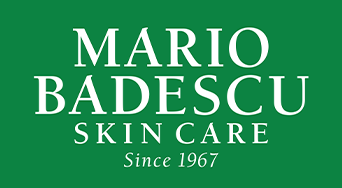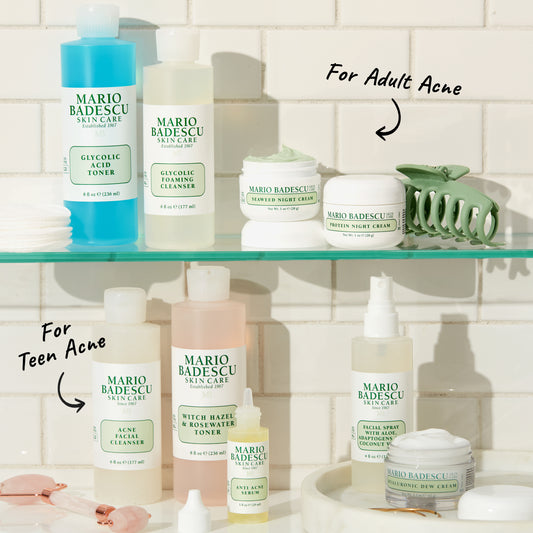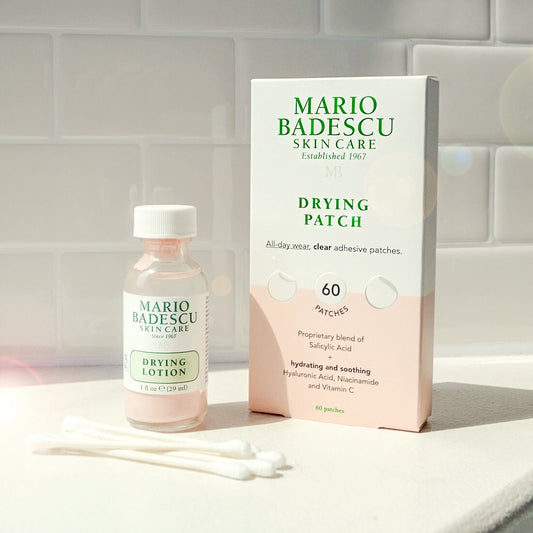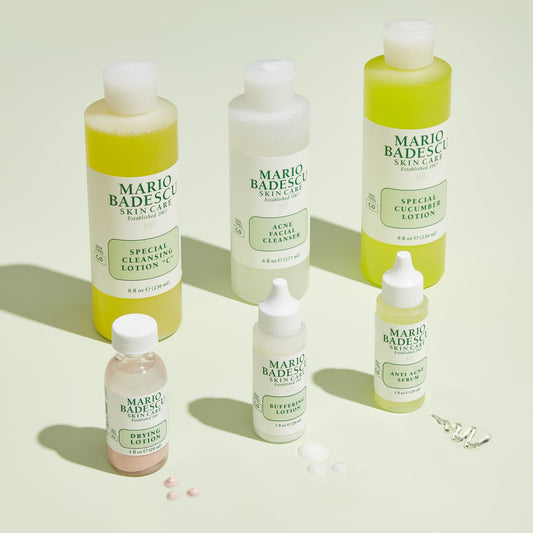It’s easier to solve a problem when you know exactly what you’re up against. In the spirit of new skin beginnings—and a life with clearer skin—let’s get to the root of what causes acne. (In a quick online search, we found a lot of confusing, misleading, and totally unhelpful explanations and advice; let’s get it right this time!)
Acne Vulgaris (isn’t that the worst name?) is caused by disorder within the pilosebaceous units—which are comprised of a hair follicle, the sebaceous gland, and the hair. (Just FYI, you might be more accustomed to referring to the follicles as pores.) With the exception of your feet and palms, these units are everywhere—with the majority located on the chest, neck, and face. This is why we most often break out in those areas.
The sebaceous gland produces sebum, a substance necessary for keeping the hair and skin moisturized. Here’s what’s supposed to happen: when the follicle is full, the sebum should spread onto the skin’s surface, giving your skin and hair a healthy, moisturized appearance. When the follicles become obstructed for whatever reason and/or the skin begins to produce more sebum, the real trouble begins.
You know that bacteria are necessary for the survival of all living things, right? Well, there is a totally normal, common bacterium known as Propionibacterium acnes—and it lives on your skin. P.acnes relies on the presence of sebum for survival. When puberty (another awful word, right?) sets in, sebum production increases in response to hormonal changes. More sebum, then, means more P. acnes. Worse, the cells on the upper layer of your skin—for reasons that aren’t completely understood—may begin to overproduce and become sticky, thereby plugging up the follicle, trapping the sebum/p.acnes in the follicle and creating an awesome breeding ground for even more bacteria. Phew!
If you have acne, you know what happens next. So, in case it isn’t completely clear: what we need to do to fight acne is to ensure that that the top layer of your skin sloughs off regularly (so that the sebum doesn’t become trapped in the follicle). This is accomplished through exfoliation. Secondly, you want a product that will kill the p.acnes bacteria. Finally, it’s important to maintain moisture levels in order to normalize sebum production. That’s right, acne sufferers—we do need to moisturize!!
Check back with us next Monday for the next installment of our Conquering Acne Series!



